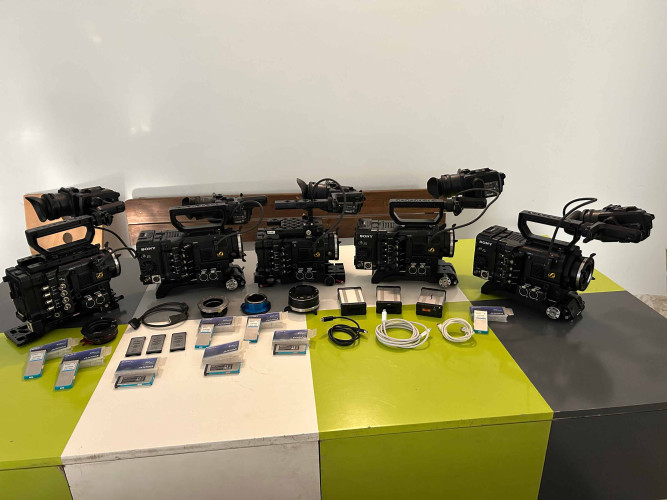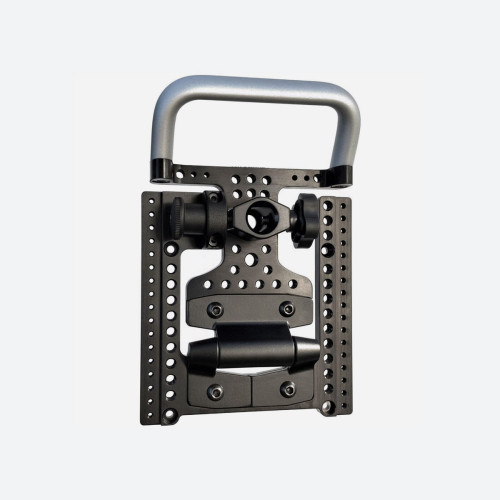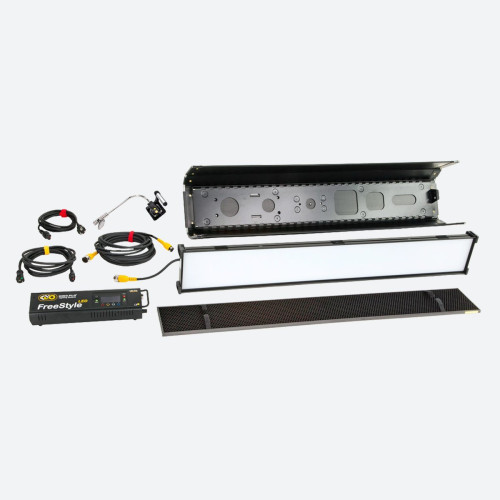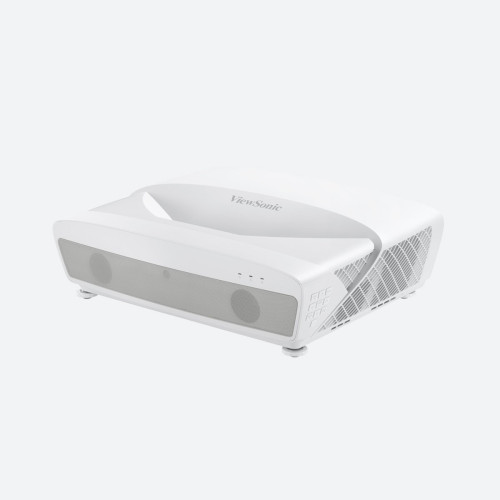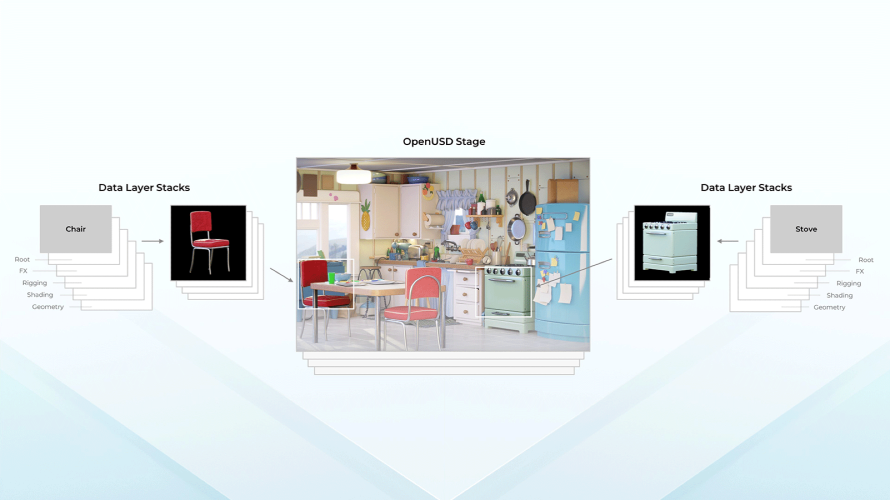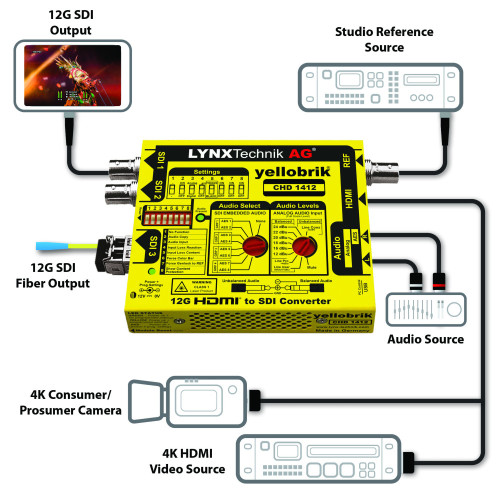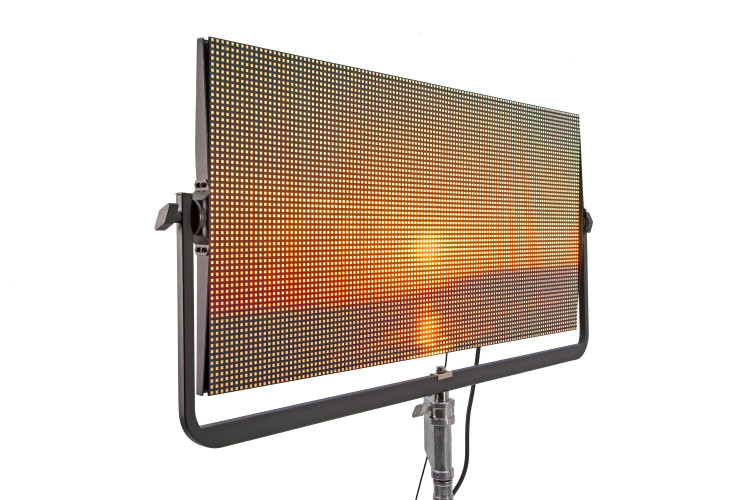One Eyed 3D

Author: Bob Pank#
Published 1st April 2011
The illusion of a single 3D image is created within the brain based on the spacial displacement of our two eyes. So how can you make a 3D production with one camera?
The 3D stop frame animation feature film 'Coralline' was largely made with just one camera for each scene. The same DSLR camera was used to take left and right images successively. For each frame, a left eye view of the set was taken. A servo-motorised custom-built rig then displaced the camera by the required interocular distance and the right eye view was taken. This technique has a lot of advantages compared with the usual two camera set-up. Optically the left and right views are always coming through the same lens and sensor so are perfectly matched without adjustments. You can also have any intraocular distance you like without the problems and bulk of a mirror rig. Clearly, this method cannot be used for live action production but it might still be possible to get away with one camera.....
If you take a standard (one-eyed) tripod-mounted video camera and very smoothly pan from left to right whilst shooting, you will capture a kind of 3D. From the recorded footage, make a copy for the right eye time-shifted by one frame so you now have a pair. Because of the panning displacement between views, you have some parallax that will give an illusion of 3D when presented on a 3D display.
The parallax created by relative motion is one of the techniques use in some 2D to 3D conversion processors on the market today. Another is depth layering based on colour or on manual assignment of specific areas to specific depths during post-production. These aim to provide 3D content from material shot 2D through a single lens. 2D to 3D conversion cannot be done perfectly unless you have a Hollywood budget to individually hand-retouch every frame in a Quantel 'Paintbox' or the like. If inferior 3D conversions are passed off as the real thing to the audience, it will only damage the 3D 'brand'.
In the BSkyB guidelines for 3D content providers, 2D conversions are generally proscribed as being unacceptable. No doubt this is because the high quality 3D standards BSkyB maintains in most of its current 3D content are always visibly compromised by any 2D automatically converted material.
Using the Cel-scope3D stereoscopic analyser, any 2D to 3D converted material can easily be screened for excess disparity or - at the other end of the scale – downright 'flatness' so that, when used, the quality can be assessed and if possible optimised.
Robin Palmer is Managing Director of Cel-Soft and is currently involved with software solutions for 3D & TV quality control and measurement technology.



